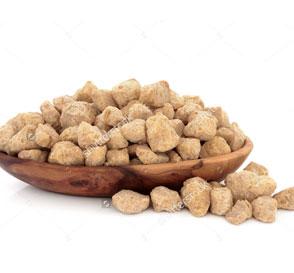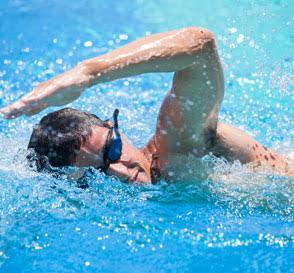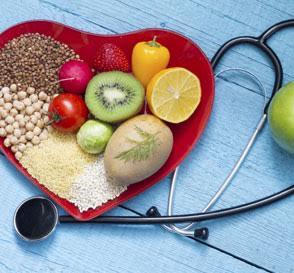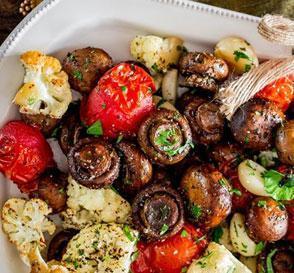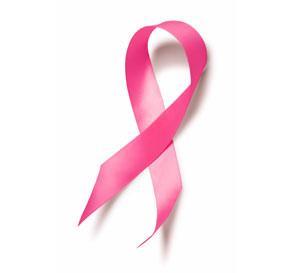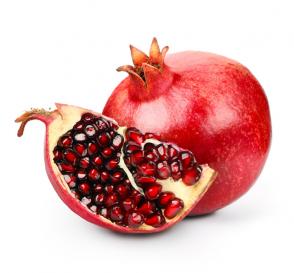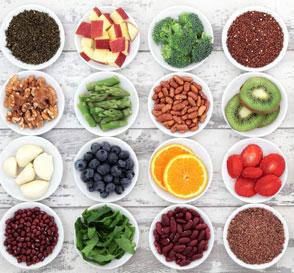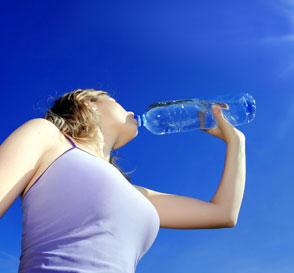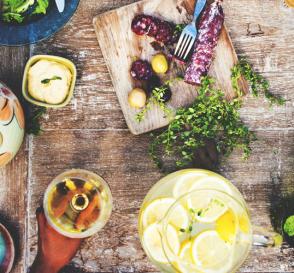

Leave your details below and we'll get back to you!
*All fields are mandatory
Fluids During Exercise

By Nikhil Bhagat
Fitness Expert, Juhu
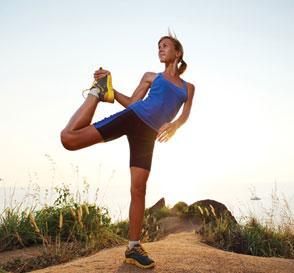
During Exercise
To offset fluid losses, it is suggested that 150 to 250ml of fluid should be drunk every 15 minutes. The choice of drink depends on the intensity and duration of the activity. For exercise sessions lasting less than one hour, which are of low to moderate intensity, water is suitable. However, if the activity is more intense or lasts longer than one hour, specially formulated drinks containing carbohydrate and/or electrolytes may be more appropriate. Adding carbohydrate to drinks, usually in the form of glucose polymers, is a useful way of increasing the fuel supply to the working muscles and can delay fatigue during endurance exercise.
However, the higher the carbohydrate concentration of a drink, the slower the rate at which it leaves the stomach (the rate of gastric emptying) and therefore the slower the speed at which fluid from the drink is likely to get into the body. The addition of electrolytes, especially sodium, promotes absorption from the intestine and encourages fluid retention. The type and duration of the activity, and, in particular, whether supplying fuel or fluid is the main priority will therefore determine the optimal carbohydrate and electrolyte composition of the drink. Commercial sports drinks generally fall into one of three categories – isotonic, hypotonic and hypertonic – based on their carbohydrate and electrolyte concentrations. Isotonic and hypotonic drinks are the most usually consumed during exercise.
Sports Drinks
Isotonic Fluid, electrolytes, 4 -8% carbohydrate fluid replacement during and after exercise. Fuel supply during exercise.

Popular Articles
Related Articles











